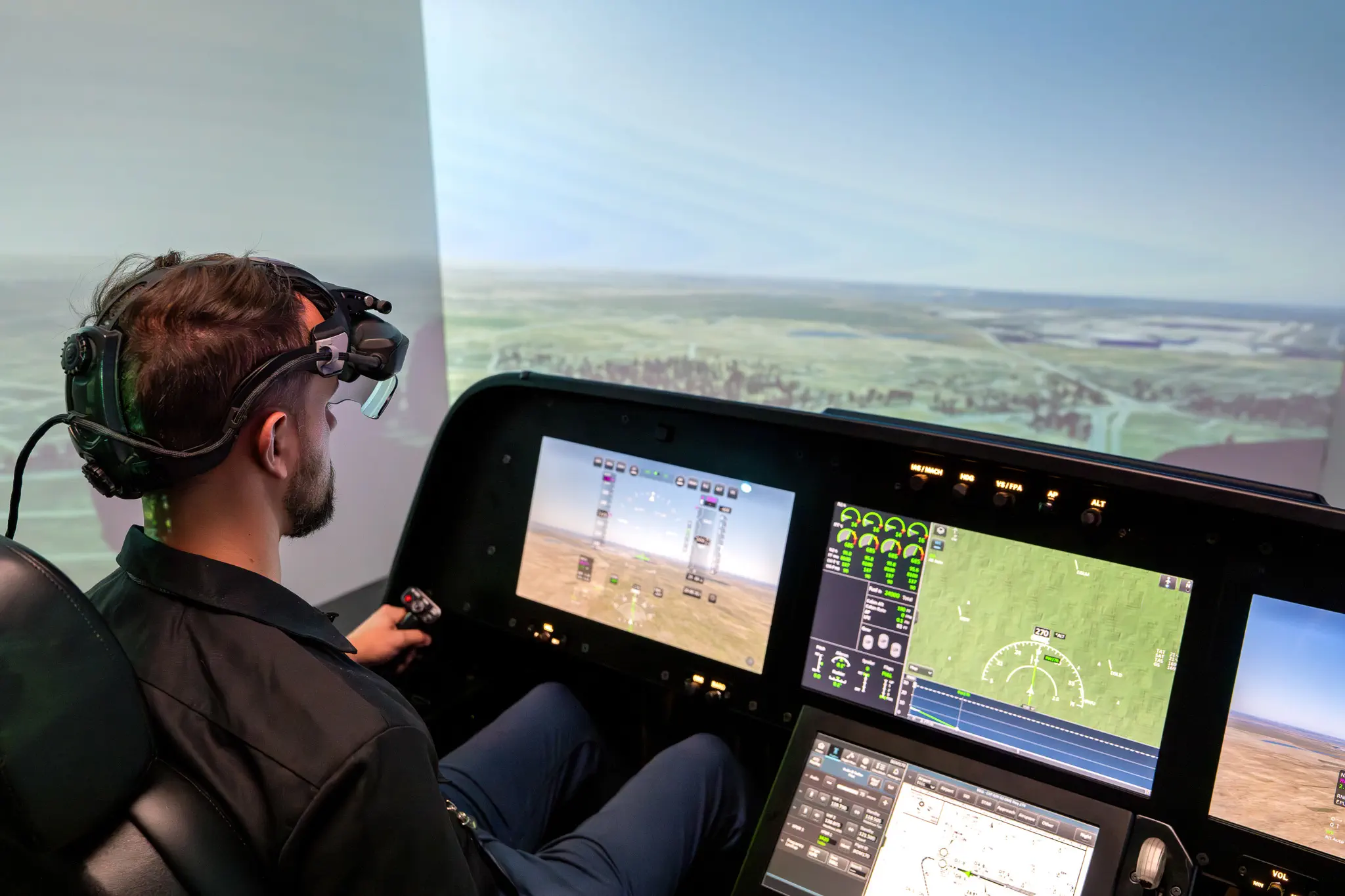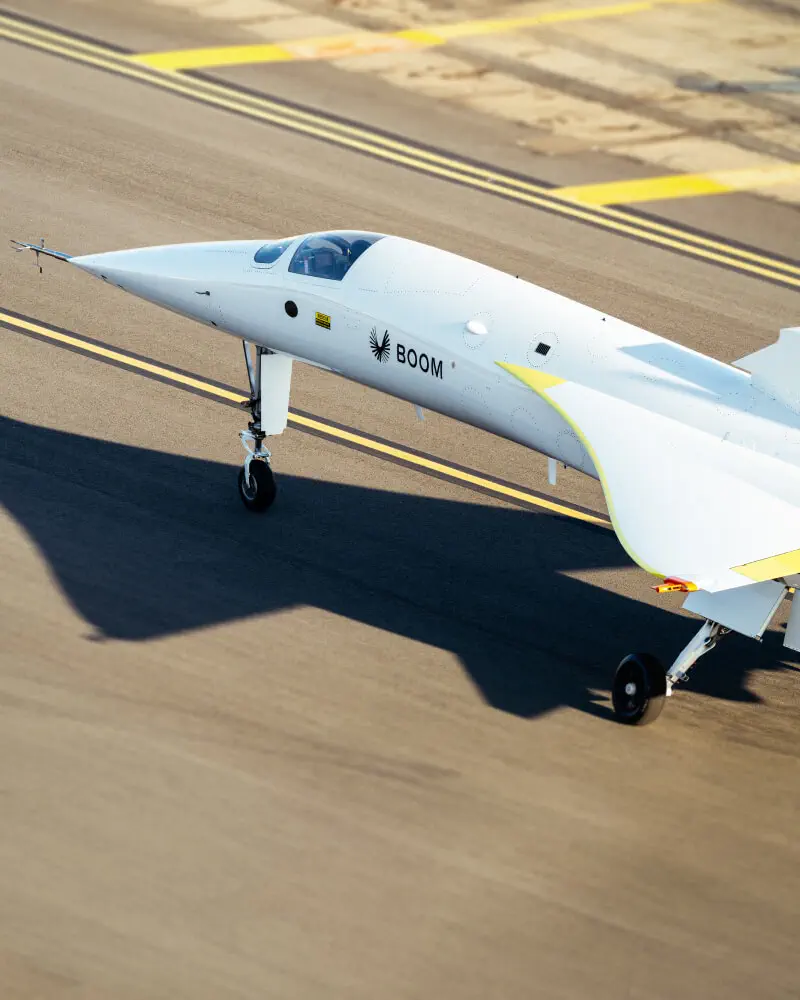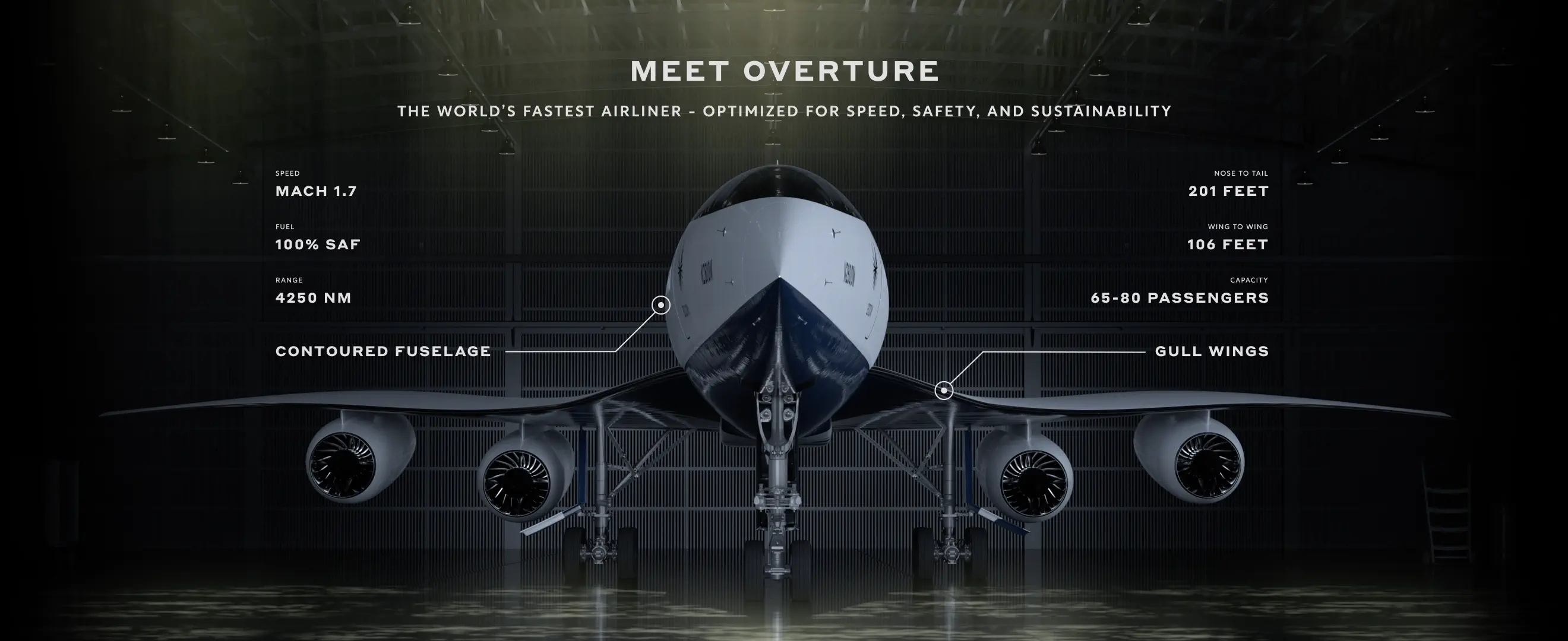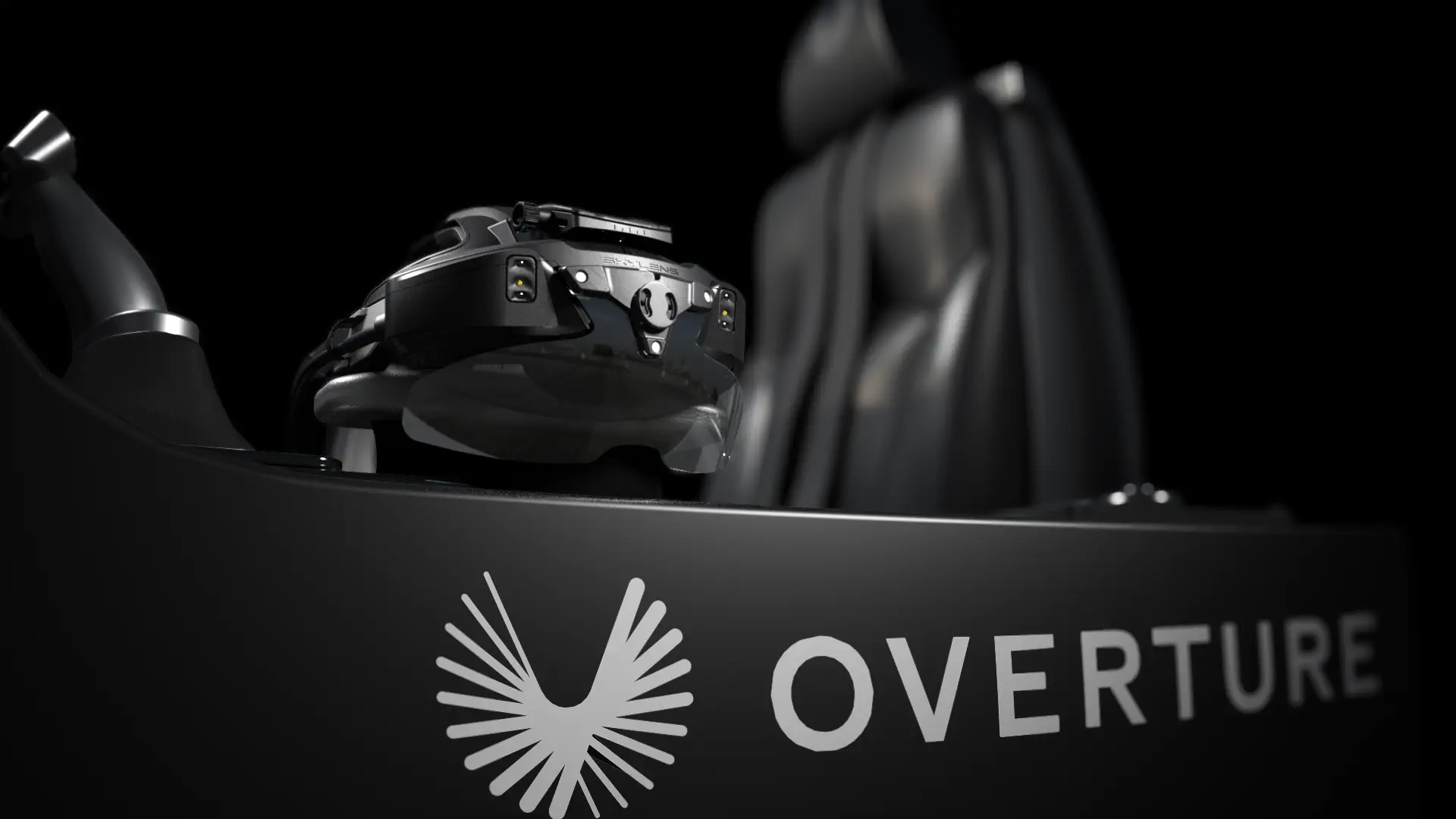 The sound barrier was first broken over the California desert in 1947. Three-quarters of a century later, we're proud to be part of the team that will make supersonic flight a daily reality for travelers around the world, saving time and increasing opportunities in the United States and worldwide.
The sound barrier was first broken over the California desert in 1947. Three-quarters of a century later, we're proud to be part of the team that will make supersonic flight a daily reality for travelers around the world, saving time and increasing opportunities in the United States and worldwide.
The aviation industry reached a historic milestone this month as the President of the United States officially mandated the Federal Aviation Administration to legalize supersonic flight over land, removing one of the most significant barriers to the return of faster-than-sound commercial travel. This groundbreaking regulatory shift opens the door to a new era of aviation—one that Universal Avionics is proud to be helping shape through our strategic partnership with Boom Supersonic, the developer of the revolutionary Overture airliner.
Keep reading to dive into the exciting history of this reemerging flight capability and the innovative enhanced vision technology that makes it possible.
A New Era for Supersonic Travel

In January 2025, Boom achieved a pivotal milestone when its XB-1 demonstrator aircraft successfully broke the sound barrier during a test flight over the Mojave Desert, just a few miles away from where Chuck Yeager first achieved Mach 1 in 1947.
For over 50 years, supersonic commercial flight over land has been prohibited in the United States, effectively limiting the potential of high-speed travel and forcing supersonic aircraft to slow down over continental territories. This restriction, implemented in 1973, played a significant role in the commercial challenges faced by the iconic Concorde and has long been considered a major obstacle to the revival of supersonic passenger travel.
The recent Executive Order represents a watershed moment for aviation innovation. By establishing new standards that address the sonic boom concerns that led to the original ban, regulators have created a pathway for next-generation supersonic aircraft to operate at their full potential across continental routes.
Universal Avionics and Boom Supersonic: Partners in Innovation
 As Boom Supersonic works to bring its Overture airliner to market—an aircraft designed to fly at Mach 1.7 (approximately twice the speed of today's fastest commercial aircraft), Universal Avionics has been selected as a key technology partner for the revolutionary flight deck, integrating the ClearVision enhanced flight vision system to increase situational awareness and enable safe operations for the next-generation supersonic transport.
As Boom Supersonic works to bring its Overture airliner to market—an aircraft designed to fly at Mach 1.7 (approximately twice the speed of today's fastest commercial aircraft), Universal Avionics has been selected as a key technology partner for the revolutionary flight deck, integrating the ClearVision enhanced flight vision system to increase situational awareness and enable safe operations for the next-generation supersonic transport.
Watch as the Chief Concorde Pilot weighs in on Overture:
At supersonic speed, every second pilots spend with their eyes on the sky is crucial. The unique shape of the Overture aircraft is where the power of Universal’s EFVS system really shines as an integrated technology.
Overture’s long nose and high angle of attack for takeoff and landing makes it difficult for pilots to see the runway in front of them. Rather than implement a moveable nose like the Concorde, which adds weight and complexity to the design, Boom Supersonic instead leverages augmented reality vision enabled by ClearVision with Aperture to make excellent runway visibility possible.
So how does the vision system from Universal Avionics work on Overture? Video and sensor data is captured from the aircraft’s vision systems, including the EVS-5000 camera fitted on the nose, and processed in real-time through the Aperture visual management system. Pilots are provided with enhanced vision, powered by advanced AI computing, and augmented head-up in SkyLens II, Universal’s second-generation head-wearable displays.
By operating with eyes up in the air instead of looking down at instruments, flying becomes intuitive – taking advantage of situational awareness for air traffic, weather, and terrain without being limited by the confines of aircraft windows. Augmented reality extends the pilot’s perception of the real-world environment, combining multiple cameras and sensors for a complete view and ultimately increasing passenger safety.
"The ClearVision EFVS system, featuring SkyLens II, will allow this supersonic airplane to land at high angle of attack (AOA) while seeing the runway “through” the airplane structure using our Head Wearable System and a set of EVS cameras.”
– Dror Yahav, Universal Avionics CEO
 ClearVision EFVS with SkyLens II head-wearable display in use on an Overture flight simulator.
ClearVision EFVS with SkyLens II head-wearable display in use on an Overture flight simulator.
Looking Ahead: The Future Takes Flight
The new policy framework for supersonic flight represents more than just a regulatory change: it signals a renewed commitment to aerospace innovation in America and a fundamental shift in how we conceptualize global mobility and connectivity. Routes that once required tedious hours in the air will be transformed into manageable journeys, opening new possibilities for business, tourism, and cultural exchange.
At Universal Avionics, we continue to develop and refine our contributions to the Overture flight deck, committed to our core mission of enhancing safety, efficiency, and capability across all segments of aviation. The supersonic renaissance represents the perfect opportunity to demonstrate how our technologies can adapt to and enhance even the most demanding flight environments.

